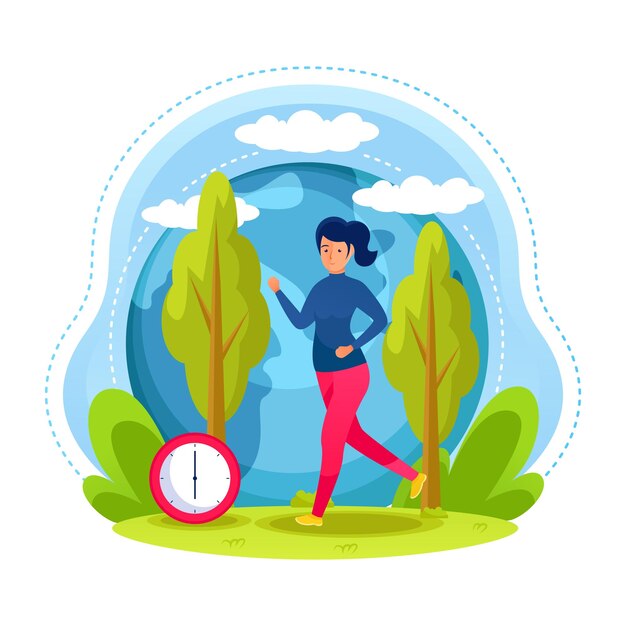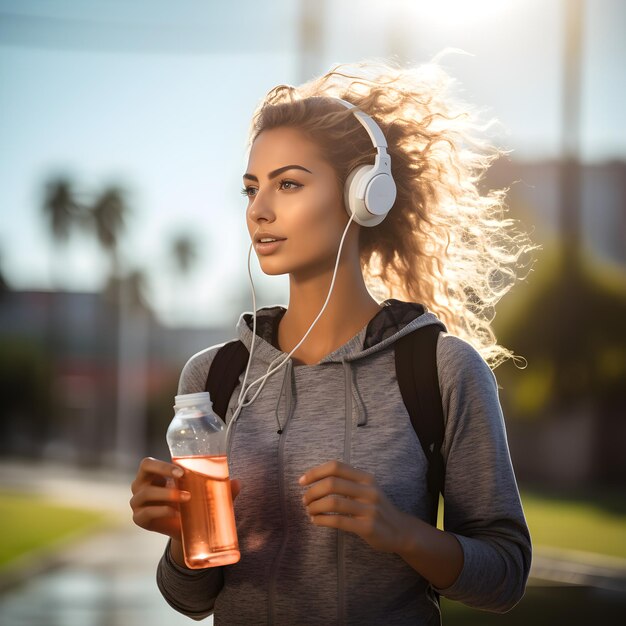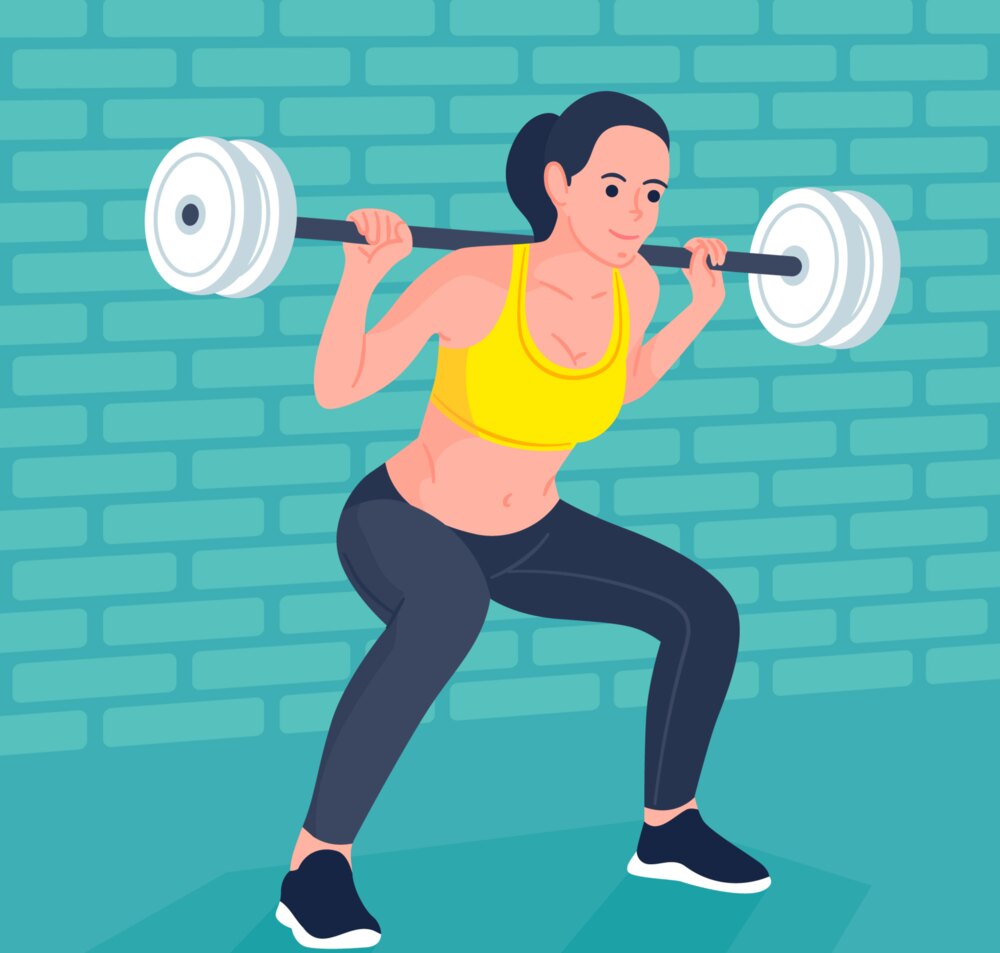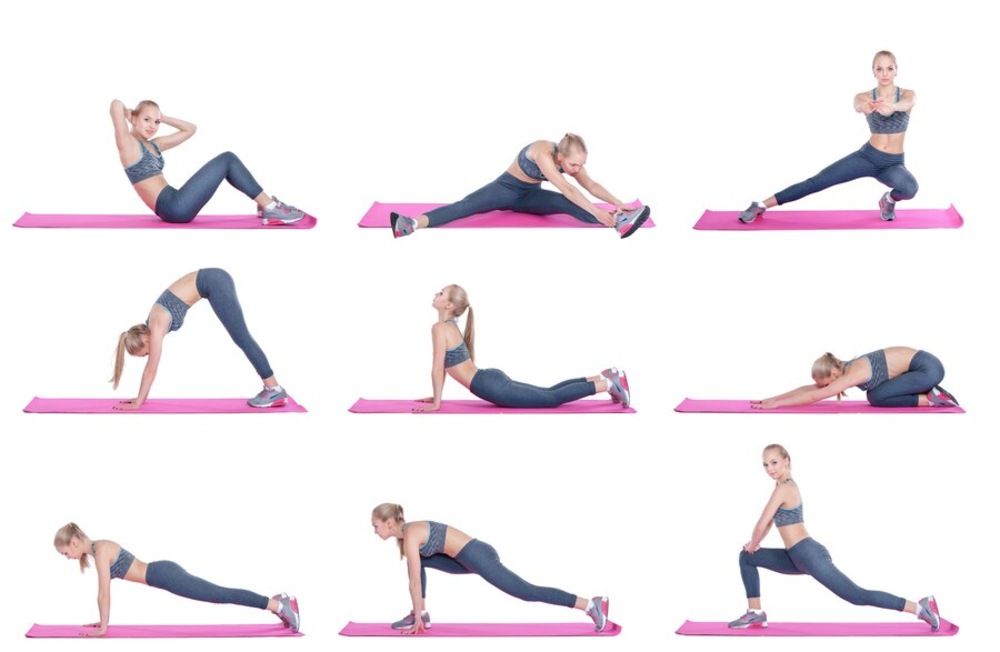Walking is an excellent way to be active and get outdoors, especially during the summer months. But the heat can be challenging. In this complete guide, we’ll provide essential techniques and tips to help you maintain your walk in a safe and enjoyable manner. This is even during summer scorching heat.
Table of Contents
| Sr# | Headings |
|---|---|
| 1 | Understanding the Effects of Heat on your body |
| 2 | Tip 1: Timing Your Walks Strategically |
| 3 | Tip 2. Dress appropriate for the heat. |
| 4 | Tip 3: Stay hydrated |
| 5 | Tip 4: Select Your Route Wisely |
| 6 | Tip 5: Pay attention to Your Body |
| 7 | Tip 6: Include Cooling Equipment |
| 8 | Advanced Tips for Improved Summer Walking |
| 9 | You can adjust your pace |
| 10 | Acclimatize Your Body |
| 11 | Include Indoor Walks |
| 12 | Final Thoughts |
Understanding the effects of heat on your body
Before you dive into our suggestions, it’s imperative to know the effects of heat on your body when exercising. As temperatures rise the body has to work harder to keep its temperature. This may result in faster fatigue, dehydration, and, in extreme instances health issues related to heat.
Tip 1: Schedule Your Walks strategically Early morning or late evening

The ideal time to take for a walk is in the morning or late in the evening when the temperature is low. The most convenient time to walk during high heat periods is between 10 a.m. and 4 p.m., and between 4 p.m. and 10 p.m.
Tip 2: Get dressed appropriately for The Heat. Easy to move around in and breathable clothing

Choose lightweight, ventilated fabrics that wick away sweat. Light colors reflect the sun’s rays more effectively than dark colors, helping you stay cool.
Sun protection
Wear a cover-up and sunglasses to guard your eyes and face from harmful UV radiation. Apply a broad-spectrum sunscreen with an SPF of at least 30 to any areas that will be exposed to the sun.
Tip 3: Stay hydrated Hydration Prior to, During, and Following Walking

Drink water before walking, bring a water bottle, and hydrate following your walk. If you’re walking for a long time, drink a sports drink to replenish electrolytes.
Tip 4: Select your route carefully. Shaded trails and green spaces
Make sure you walk in areas with lots of shade. Streets lined with trees, parks, or trails with overhangs can relieve heat.
Tip 5: Pay attention to your body. Know the signs of heat exhaustion.
Symptoms include heavy sweating and weakness, as well as pale, clammy skin, a rapid or weak pulse nausea or vomiting, and fainting. If you notice these signs take a break, get off the path, and find an area to cool down and hydrate.
Tip 6: Integrate Cooling Equipment Use cooling towels and Misting Fans
Cool towels can be draped around your neck while walking. Portable misting fans are efficient in delivering immediate cooling.
Advanced Tips for Improving Summer Walking: Change Your Tempo
When it’s hot it is recommended to slow down and take it slow. Your normal pace in cooler temperatures might be too strenuous during hot temperatures.
Adjust Your Tempo – Locate the Comfort Zone in the heat
Summertime requires you to adjust your walking pace. Heat can have a significant impact on the body’s ability to perform, resulting in more fatigue. It is imperative to know that your usual pace in cooler temperatures could be too strenuous in the sun’s scorching heat.
The reason for slowing down makes sense
When it’s hot your body will work continuously to cool itself which means you won’t be as energetic for walking. A slowing down pace can help avoid overtraining, and protect you from heat health risks.
Finding Your Perfect Summer Time
Start by walking at a speed that feels comfortable and doesn’t make you overheat. Be aware of your body’s signals. If you’re sweating heavily or feeling tired, slow down.
Adjusting to humidity
It can be a factor in making the air feel hot and making it difficult to cool down through sweating. In humid weather, you need to slow down.
Be Listening To Your Body
The most significant aspect of an enjoyable summer walk is paying attention to your body. If you’re feeling faint, lightheaded or tired to the point of exhaustion, take a break, find some shade, and hydrate.
Acclimatize Your Body
Gradually increase the amount of time you walk in hot weather. This helps your body adjust to warmer temperatures with time.
Incorporate indoor walks
On a hot day, consider walking indoors in air-conditioned areas like indoor tracks or malls.
Final thoughts
Walking during the summer is an enjoyable and healthy exercise when done properly. With these tips, you can combat the scorching heat, and enjoy your walks in comfort and safety. Make sure you are aware of your body and adapt your routine according to the changing weather.
Be active, drink plenty of water, and be safe this summer!
Most frequently asked questions (FAQs).
1. What are the best times to walk in the summer?
Morning or late at night are the most ideal times since temperatures are typically cooler and comfortable to walk in.
2. What can I do to protect my skin from sunburn during summer walks?
Wear a hat, and sunglasses and apply broad-spectrum sunscreen with at least SPF 30 to shield your skin from damaging UV rays.
3. What is the most suitable outfit for walking in the summer?
Choose light, breathable clothes in light shades that reflect sunlight’s rays better.
4. Do you need water on each walk?
It’s vital to drink plenty of water. Take a bottle of water and drink it before and during walking.
5. What signs can I look for to tell heat exhaustion symptoms?
These include sweating, a weak or fast pulse, cold skin, pale and clammy skin, a weak or fast pulse nausea or vomiting and even fainting.



Pingback: Female CrossFit: Empowering Fitness Guide